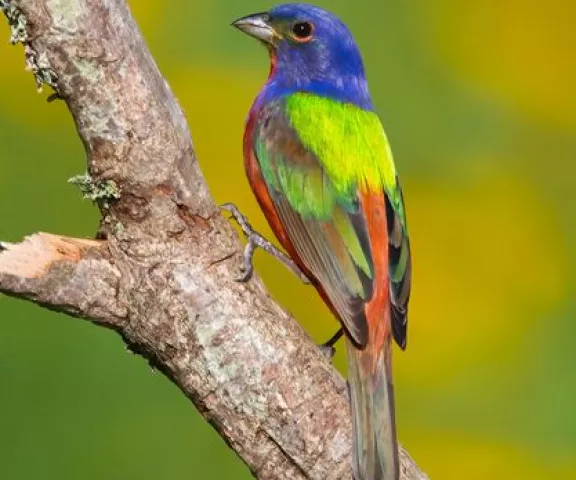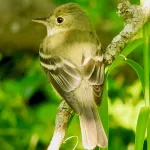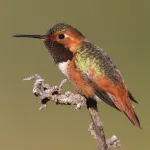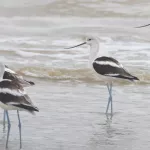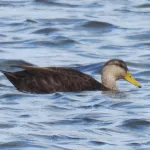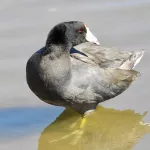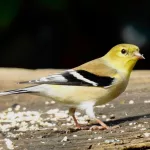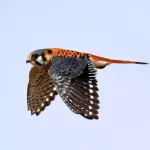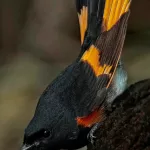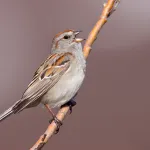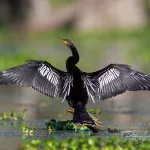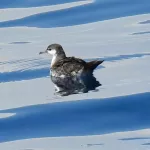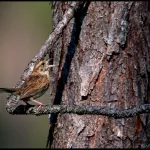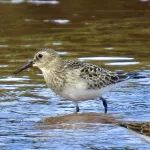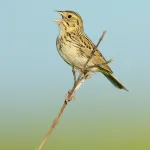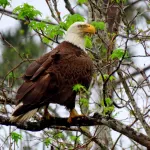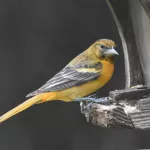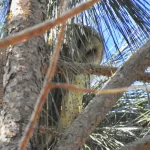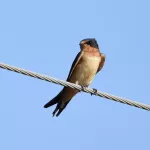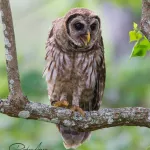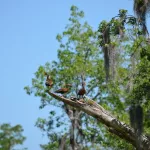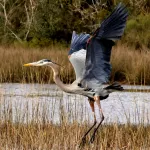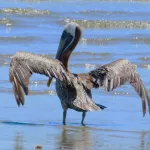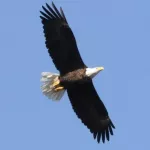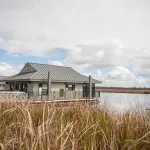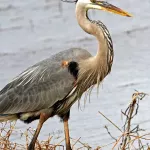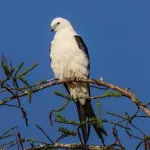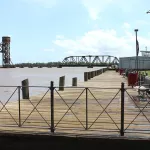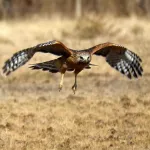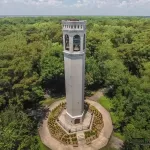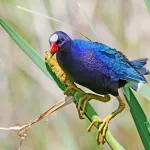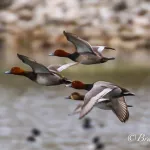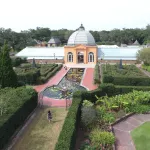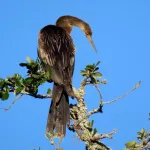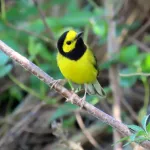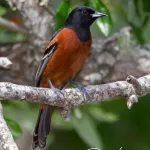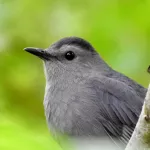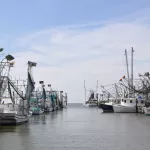Bayou Sauvage National Wildlife Refuge - Recovery One Road
Bayou Sauvage National Wildlife Refuge is the largest urban wildlife refuge in the United States. Located in New Orleans, the refuge is one of the last remaining marsh areas adjacent to Lakes Pontchartrain and Borgne.
The refuge’s diverse habitats meet the needs of 340 bird species during various seasons of the year. Peak waterfowl populations averaging 75,000 individuals use the wetland areas during the fall, winter, and early spring months.
The 1.5-mile Recovery One Road is across from the Ridge Trail entrance to the NWR. More than 250 species of waterfowl, shorebirds, wading birds, and other waterbirds, along with songbirds, have been recorded from this road alone. The list of uncommon, rare, and vagrant species recorded from Recovery One Road is the stuff of legend.
Walking south through the gate paralleling the Maxent Canal, birders will find ponds and marshes on the east side of the road. This area is great for waders (including Least Bittern), rails, gallinules, and wintering waterfowl.
Continuing south past railroad tracks and a landfill, grassy shrub/scrub areas often host vagrant/rare flycatchers and uncommon sparrow species in winter. During the summer, Painted Bunting and Blue Grosbeak nest here.
The road ends at a pumping station and levee. To the east is a large impoundment pond. When the tide is out and water levels are right, this is an ideal site for shorebirds (25 recorded species) as well as waterfowl (24 recorded species) and other waterbirds such as King, Clapper, Virginia, and Sora Rails, Common and Purple Gallinule, along with a dozen species of gulls and terns, among others. Walk up the levee, set up a spotting scope, and peer south at the tidelands.
This is a site for hard-core birders only. There are no amenities except for the road/trail and an unmarked pull-off area. A walk-in only site, birders park at a multi-vehicle pull-off area at the locked gate representing the head of Recovery One Road. Note: Do not block the gate.
